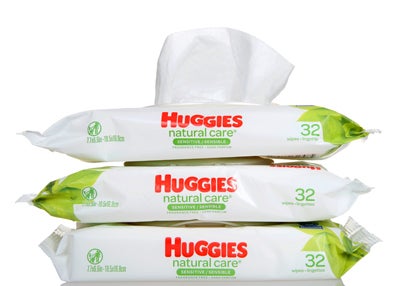Rewards app Fetch is looking to fire up its first-party data strategy with the hire of long-time Facebook veteran David Sommer as its first-ever chief customer officer.
Sommer comes to Fetch after nearly 11 years at Facebook as head of industry, CPG, retail partnerships and shopper marketing. Before Facebook, Sommer was a managing partner of GroupM’s CPG, retail and shopper marketing practice.
Fetch, which allows users to upload their receipts from retail stores and restaurants to earn points that can be redeemed for gift cards, cash back and other rewards, has 13 million active users, mainly in the US.
Users can earn extra points when they buy products from one of Fetch’s more than 500 global brand partners, including L’Oréal, Bayer, General Mills, Frito-Lay, PepsiCo, Unilever and Kimberly-Clark, which owns Cottonelle, Viva paper towels, Scott brand toilet paper, Kleenex, Kotex and Huggies.
Brand partners work with Fetch on a pay-for-performance model. As consumers buy participating products through the app, brands pay the value of the points plus an agreed-upon markup.
In some cases, brands have chosen to partner more closely with Fetch to power their loyalty programs directly. Kimberly-Clark, for example, replaced its loyalty program for Huggies with a program called Huggies Rewards+ that’s now run entirely on the Fetch platform.
 The decision to phase out its homegrown loyalty program in favor of Fetch in late 2020 was an acknowledgment that “if you build it, they won’t necessarily come,” said Zena Arnold, chief digital and marketing officer at Kimberly-Clark.
The decision to phase out its homegrown loyalty program in favor of Fetch in late 2020 was an acknowledgment that “if you build it, they won’t necessarily come,” said Zena Arnold, chief digital and marketing officer at Kimberly-Clark.
“I would love to say that any company with a passion for consumers can build a great experience for them, but that’s not the case,” Arnold said. “It’s hard to get scale and it’s hard to drive awareness about enrollment.”
Aggregating brands into one app provides an opportunity to boost loyalty for all of them by creating a sort of network effect, Sommer said. Huggies buyers, for example, might also drink soda, eat chips, put Wish-Bone on their salad and make Lipton tea.
“Noncompeting brands that work together can benefit, because people can redeem very quickly,” Sommer said.
And there’s a lot of purchase data generated by that engagement that could be harnessed for targeting users with more relevant in-app offers. Late last year, Fetch exceeded $100 billion of annualized gross merchandise value for products flowing through its platform.
If a customer is already loyal, for instance, it doesn’t make sense to give them a lot of points, because they don’t necessarily need as much prompting as a customer who hasn’t tried a certain product before and needs the incentive.
“You can unlock value in a consumer’s life by thinking about all the things they’re going to need throughout their lifecycle and then hitting them with the right offers and the right advertising and then being able to measure it,” Sommer said.
A big part of Sommer’s job will be to build out Fetch’s global marketing solutions team. Striking brand partnerships in new verticals, such as streaming, and to spur growth and loyalty for existing partners, including grocery stores like Albertsons and restaurants like Papa John’s and Burger King, where users can cash in their rewards, is another top priority.
For Huggies, there’s also a lot of value in seeing the basket data, which isn’t something Kimberly-Clark gets from most of its retail partners, Arnold said.
It’s the difference between traditional offer distribution methods, such as coupons and coupon codes, and being able to personalize and customize offers based on a person’s purchase behavior, she said.
“If I know someone is a heavy user of Huggies – maybe they even have triplets – certain offers are going to be a lot more appealing and valuable to them versus putting the same offer out to a grandparent that has their grandkids visit every three months,” Arnold said. “It’s about using these signals to understand how we can optimize the user experience.”














